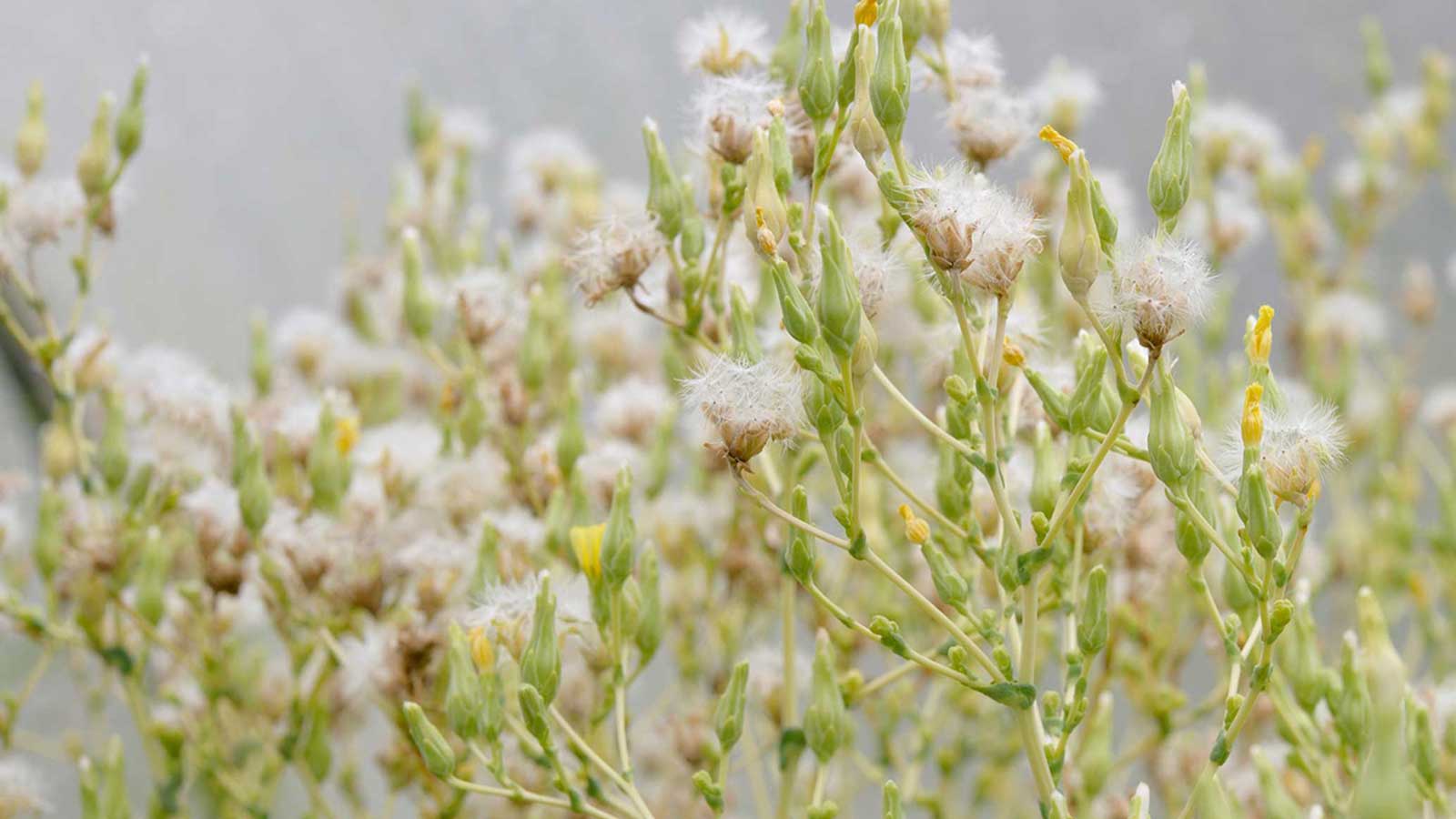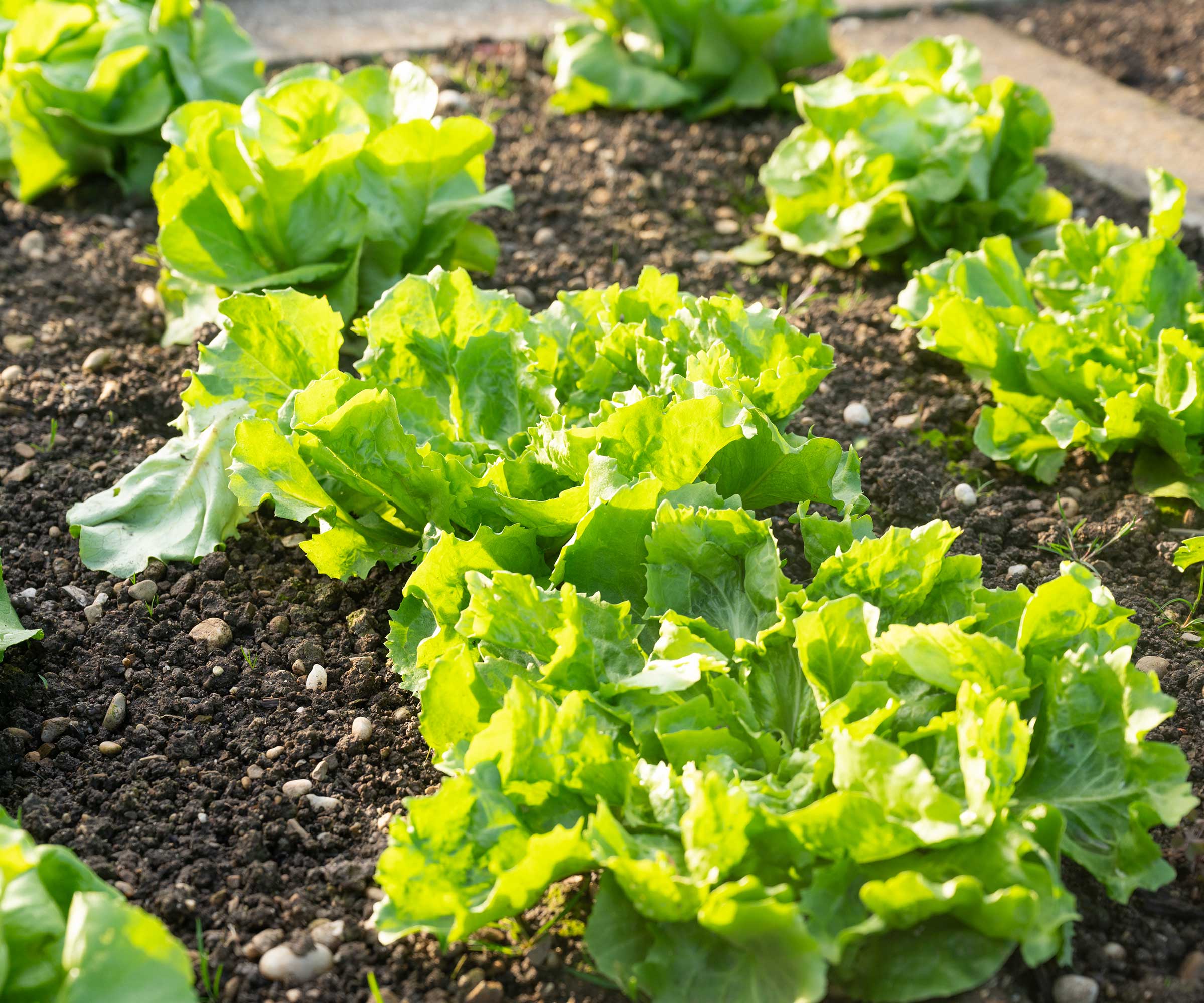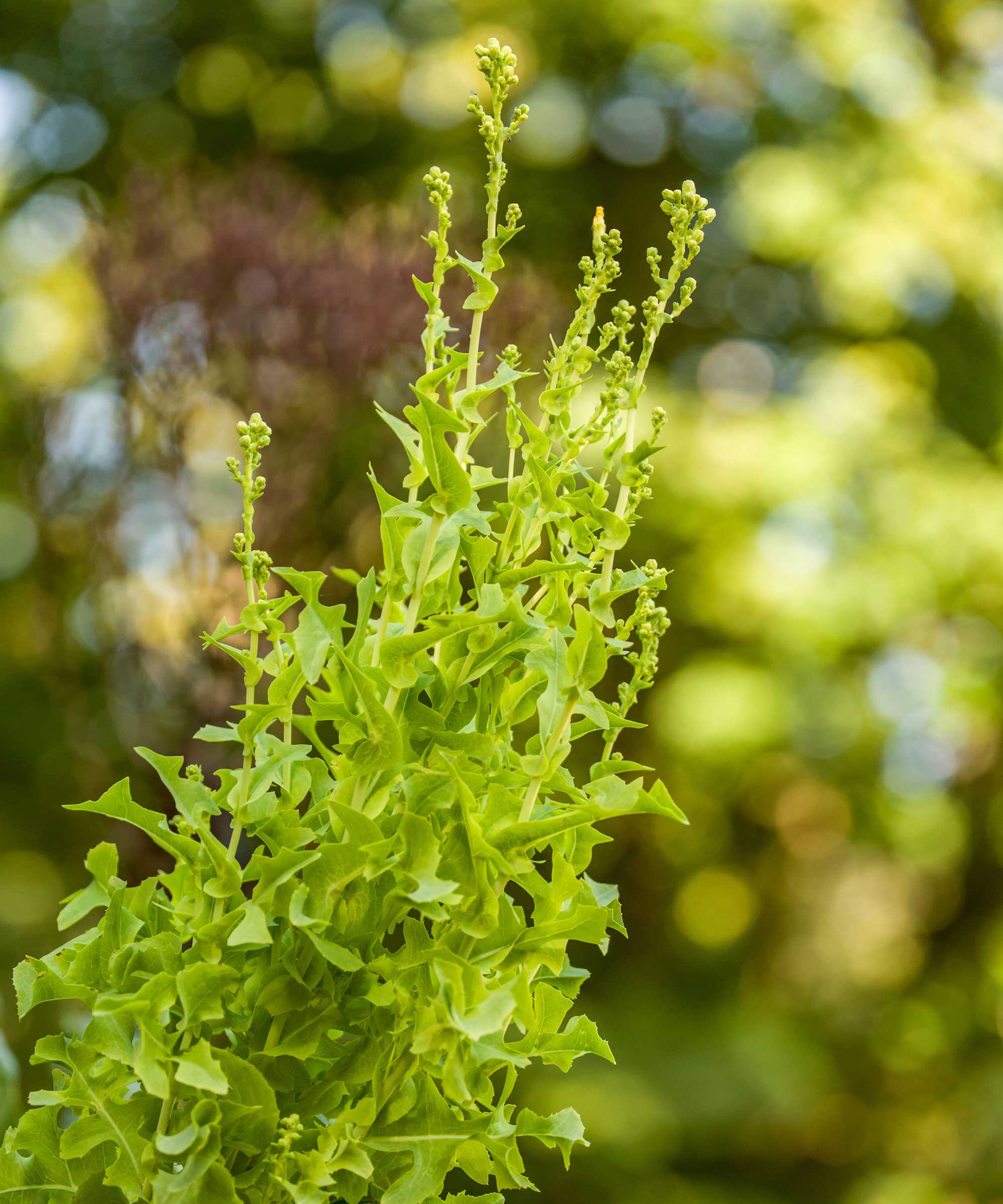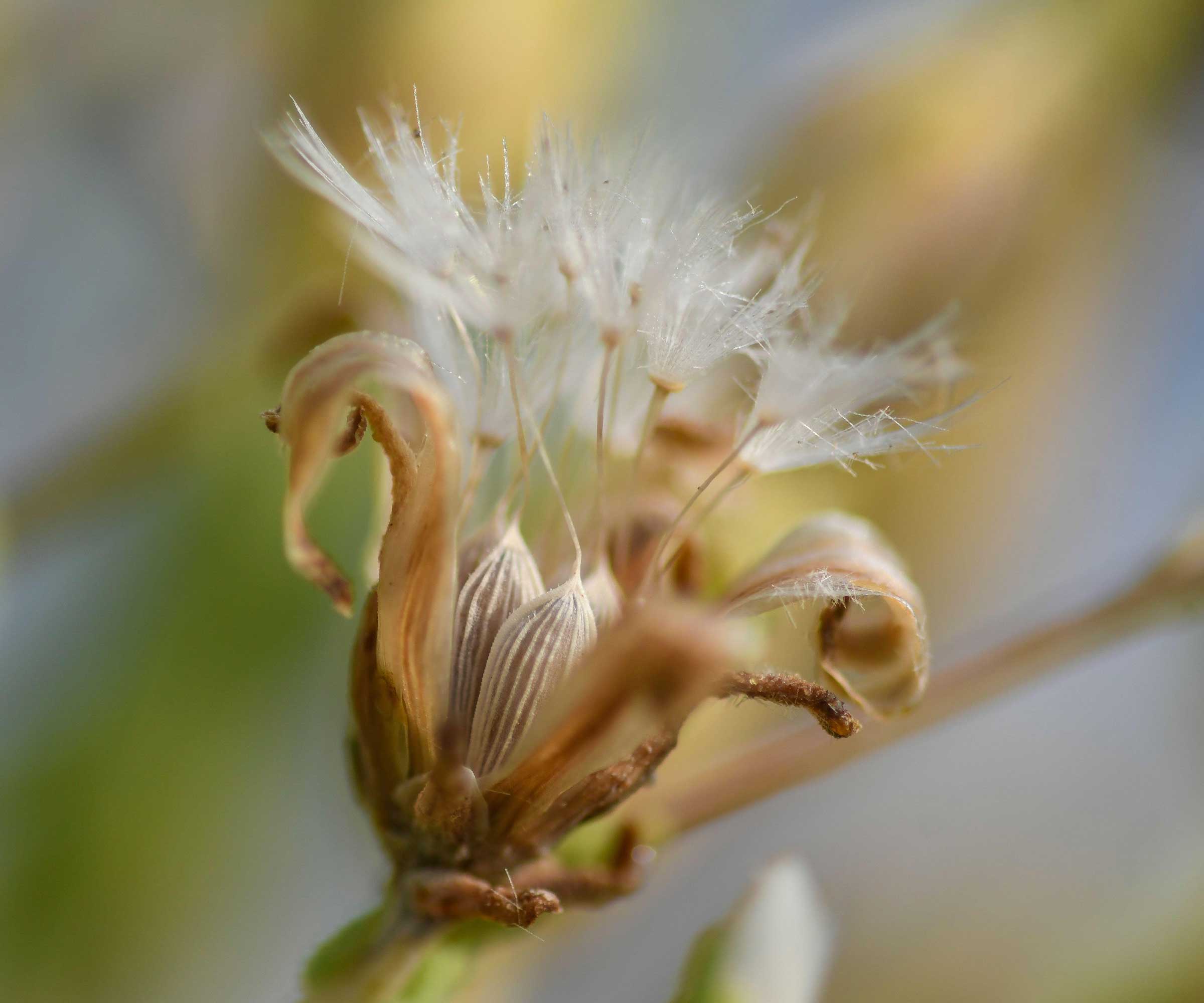
Q: I am growing lettuce for the first time in raised beds and have been really impressed with the results. How should I collect the seeds, so I can sow them again next year?
A: Lettuces are a summer kitchen staple and growing them is quick and easy. Harvesting the seeds is also simple, but there are a few things to bear in mind for success.
For instance, you'll need to wait for the right time to collect your seeds. Storing them properly is essential, too, to ensure they remain viable for planting next year. For advice on this budget-friendly task, I turned to the experts, who share their tips below.

When and how to harvest lettuce seeds, according to the pros
Get free seeds from your raised garden beds with the following guide, and enjoy a leafy crop year after year.
When to harvest lettuce seeds

Just like when harvesting coriander seeds, your lettuces need to 'bolt' before you can collect the seeds. This is when they shoot upward and produce their flower stalks. The flowers turn into seedheads, which, once ripe, can be harvested.
According to Amy Enfield of ScottsMiracle-Gro, most spring-planted lettuce plants will naturally start to bolt in early- to mid-summer. From that point, it takes about six weeks until the seeds are ready to harvest, she says.
Harvest the seedheads when they are white and fluffy. 'If you wait too long, the individual seeds will be carried off by the wind,' Amy adds.
How to harvest lettuce seeds

Lettuce seeds can be collected by hand. Jessica Mercer of Plant Addicts says, 'The fluffy white seeds should easily come away from the seedheads. Not all of the seedheads will be ready at the same time, so check back every couple of days to harvest more seeds.
'You can also shake the seeds from the flower stalk into a bag or bucket, or cut off the entire flower stalk when most of the seedheads are ripe,' she adds.
Once collected, Amy recommends allowing the seeds to completely dry in a paper bag or open container. You can then clean the seeds if you wish. To do so, she suggests rubbing them between your fingers or through a mesh screen to separate the chaff. 'Alternatively, you can just leave the chaff and plant it the following season along with the seeds,' she says. 'It will break down in the soil, creating compost.'
FAQs
Which are the best types of lettuce to harvest seeds from?
Avoid collecting seeds from lettuce varieties with 'hybrid' or 'F1' in their full name. 'The saved seeds will not all be “true to type”,' explains Amy Enfield of ScottsMiracle-Gro. 'A portion will revert to one of the parent plants used to create the variety.' Instead, she recommends selecting heirloom or open-pollinated varieties of lettuce to harvest seeds from.
Amy also advises choosing leaf lettuce or loose-heading types as they usually bolt quickly. Varieties that form tight heads, such as iceberg lettuces, do not bolt as easily and can be more difficult to collect seeds from, she adds.
She lists 'Buttercrunch' (available from Burpee), 'Black Seeded Simpson', and 'Little Gem' (also at Burpee) as examples of loose-heading heirloom types.
How do you store harvested lettuce seeds?
As with any collected seeds, including basil seeds, store them somewhere cool and dry. Jessica Mercer of Plant Addicts recommends keeping them in a glass jar, paper bag, or plastic container.
Remember to label them with the variety and the date you harvested them. These seed-saving envelopes from Zubebe at Amazon make this easy, plus they are super cute.
According to Amy Enfield of ScottsMiracle-Gro, lettuce seeds should be good for at least two years if properly stored.
Now you know how to harvest lettuce seeds, consider learning how to save cucumber seeds and tomato seeds, too – two other summer salad essentials.







